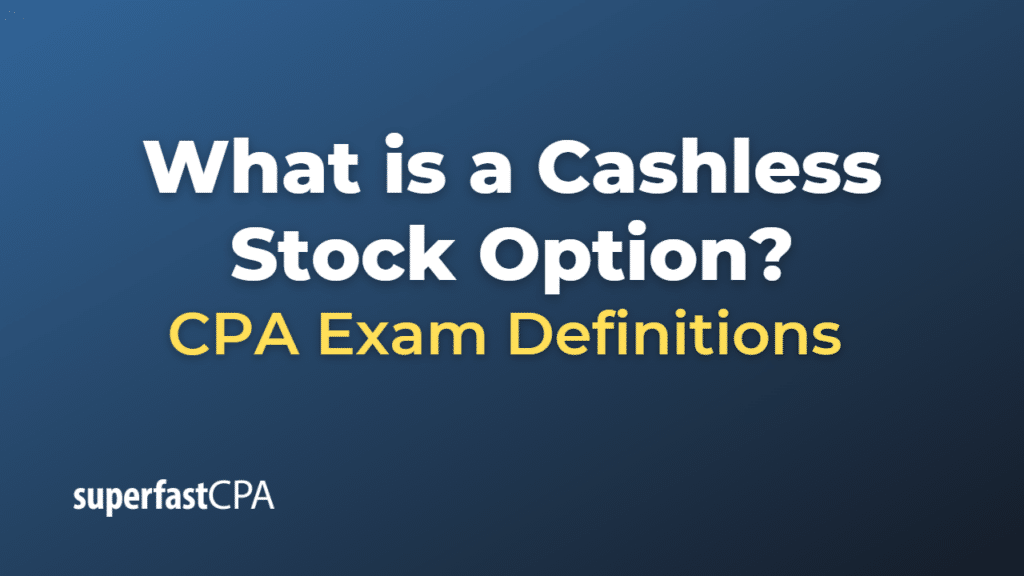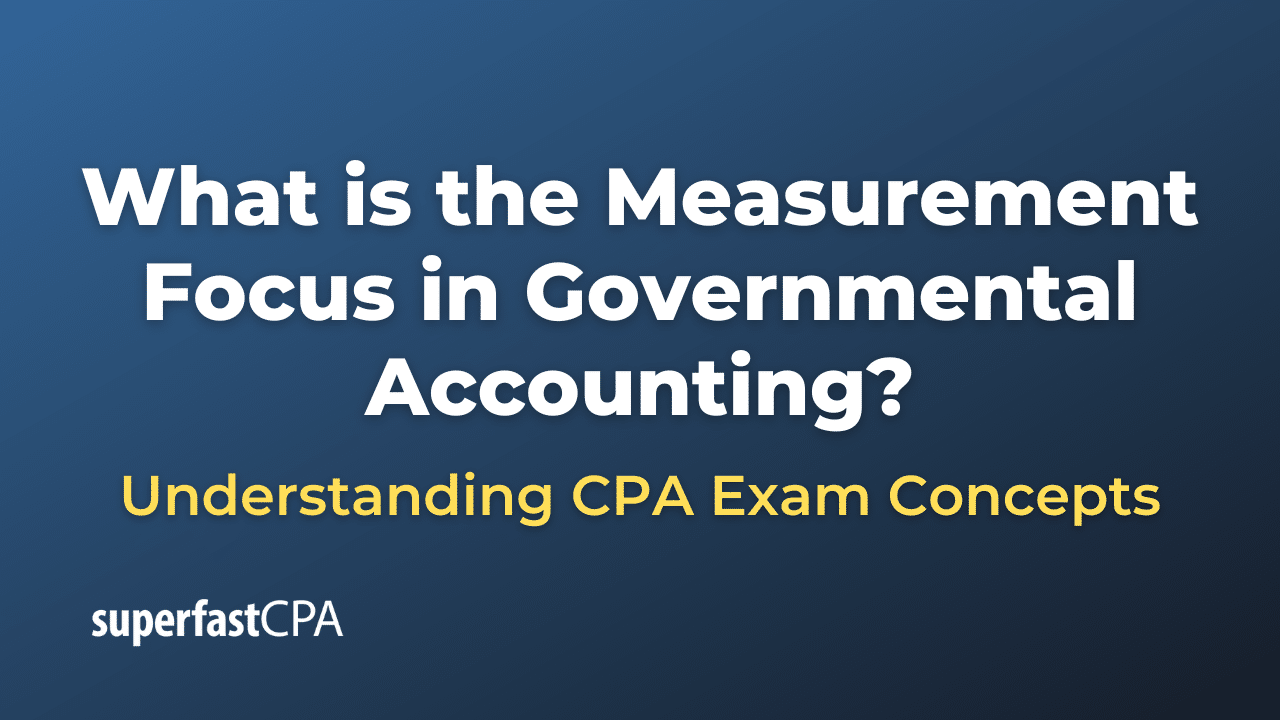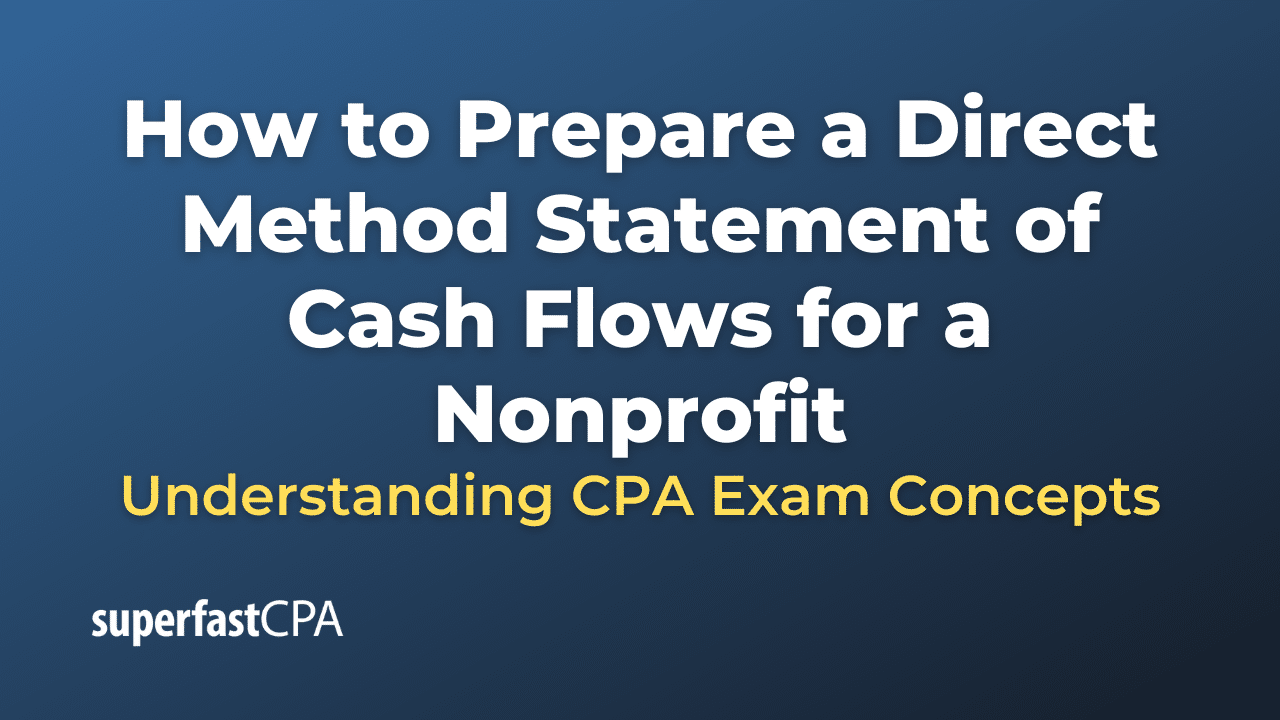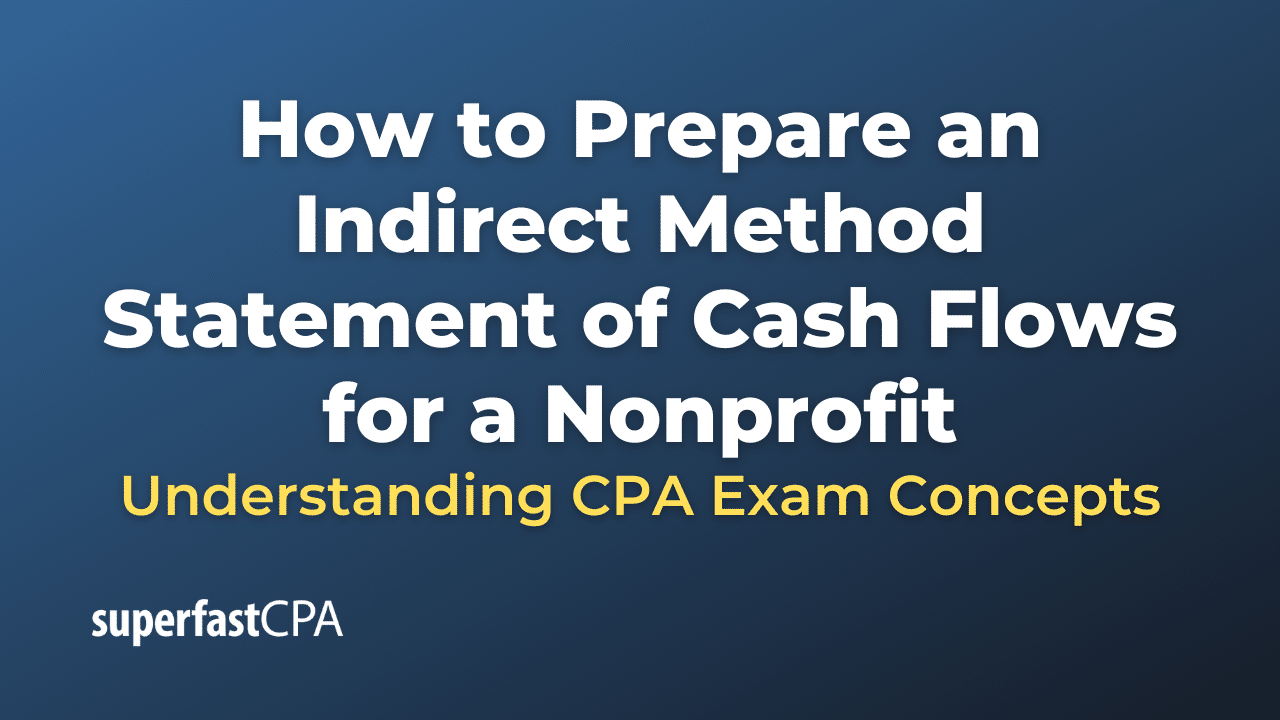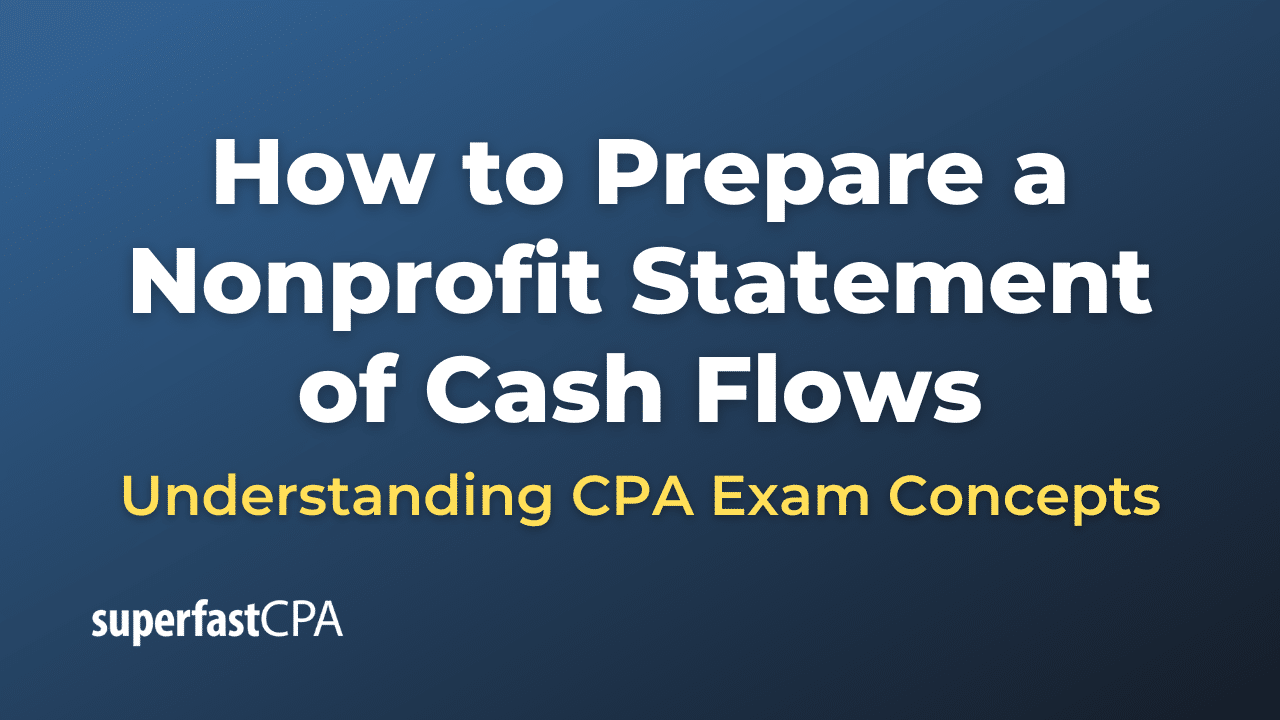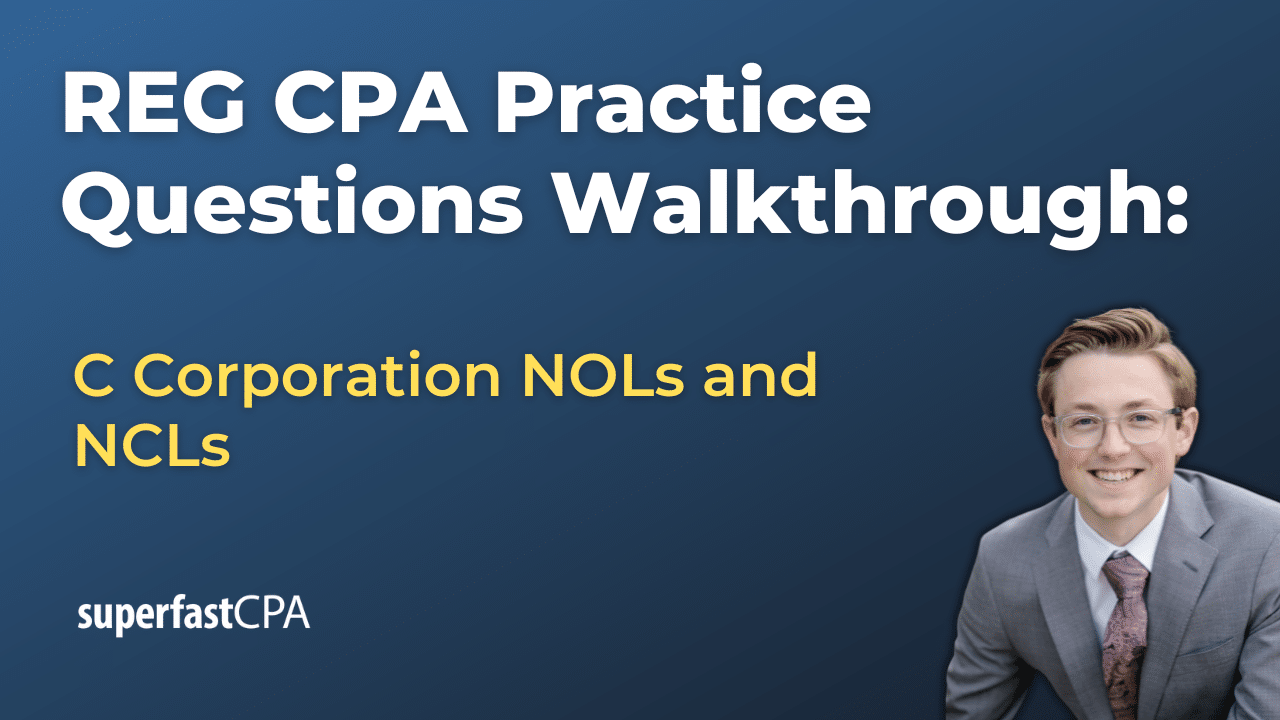Cashless Stock Option
A cashless stock option, also known as a cashless exercise, is a method of exercising employee stock options without the need for the employee to pay the exercise price in cash upfront. This method allows employees to take advantage of their stock options without having to invest any cash, making it a more accessible way for employees to benefit from their company’s growth.
In a cashless exercise, the employee exercises the stock options and immediately sells a portion of the shares obtained to cover the exercise price, taxes, and any brokerage fees. The remaining shares are then transferred to the employee, either as cash or in the form of company stock.
Here’s an example of a cashless stock option exercise:
- An employee has stock options to purchase 1,000 shares of their company’s stock at an exercise price of $10 per share.
- The current market price of the company’s stock is $20 per share.
- The employee decides to do a cashless exercise of their stock options.
- The employee exercises the options and immediately sells 500 shares at $20 per share, generating $10,000 in cash.
- This $10,000 is used to cover the $10,000 exercise price (1,000 shares at $10 per share) and any applicable taxes and fees.
- The employee retains the remaining 500 shares, either as cash or in the form of company stock.
In this example, the employee is able to exercise their stock options without needing to invest any cash upfront, and they still benefit from the appreciation in the company’s stock price.
Example of a Cashless Stock Option
Let’s consider a hypothetical example of a cashless stock option exercise for an employee named John.
- John works for XYZ Corporation and has been granted stock options to purchase 2,000 shares of XYZ Corporation’s stock at an exercise price of $15 per share.
- The current market price of XYZ Corporation’s stock is $25 per share.
- John decides to do a cashless exercise of his stock options, as he doesn’t have the cash available to cover the exercise price.
- He exercises the options and immediately sells 1,200 shares at $25 per share, generating $30,000 in cash.
- This $30,000 is used to cover the exercise price for all 2,000 shares ($15 per share × 2,000 shares = $30,000) and any applicable taxes and fees.
- John retains the remaining 800 shares, either as cash or in the form of XYZ Corporation’s stock. At the current market price of $25 per share, the value of these 800 shares is $20,000.
In this example, John is able to exercise his stock options without the need to pay the exercise price in cash upfront. He still benefits from the appreciation in XYZ Corporation’s stock price, as he now owns 800 shares valued at $20,000.

